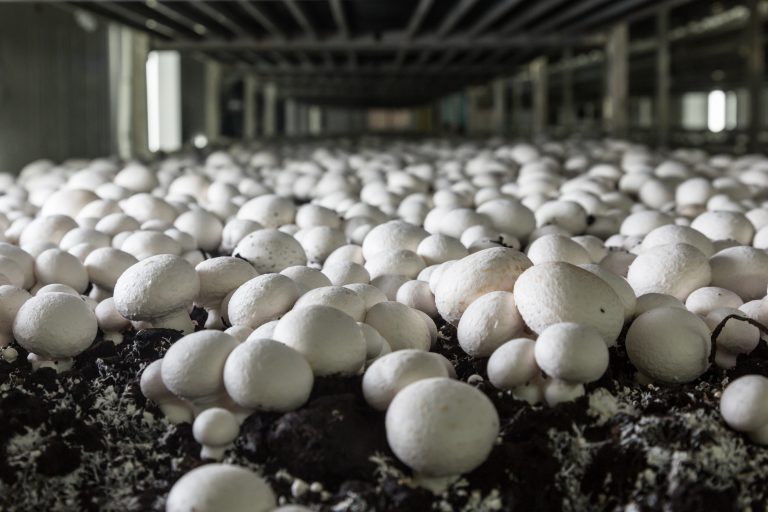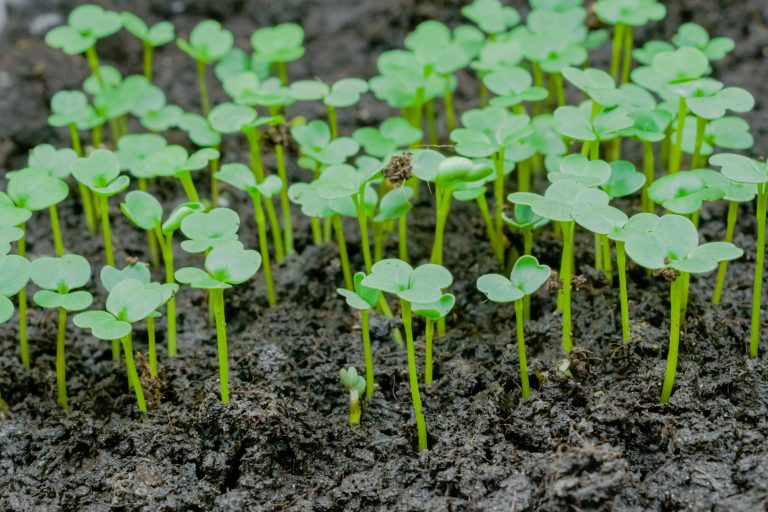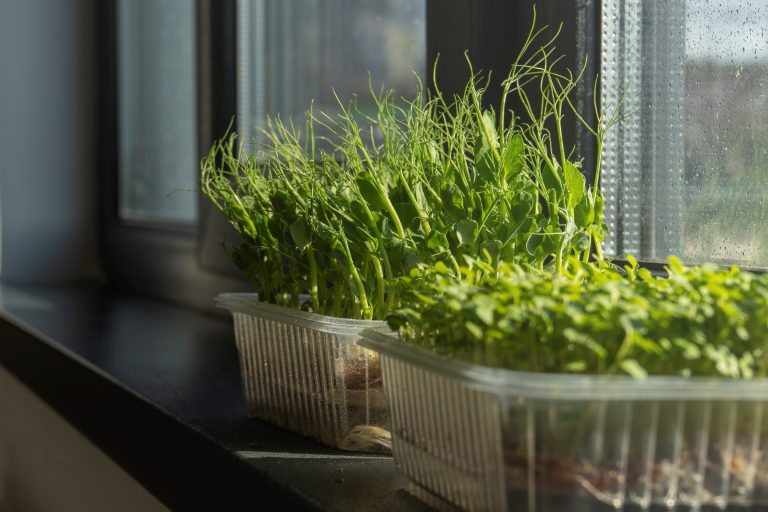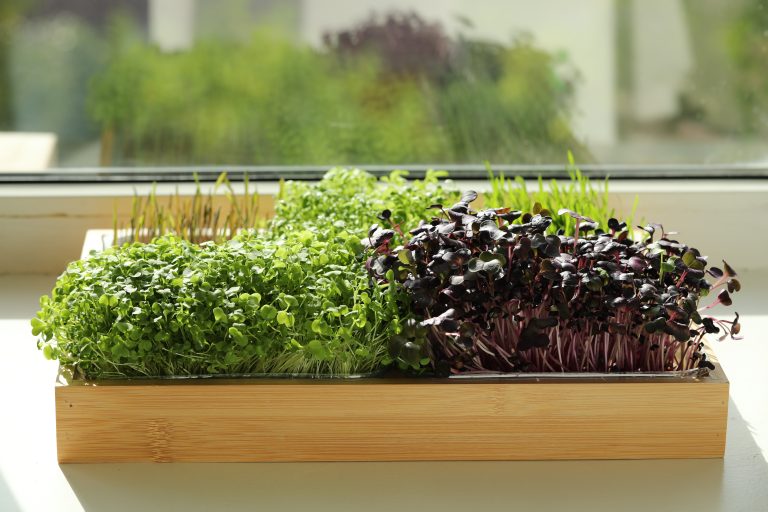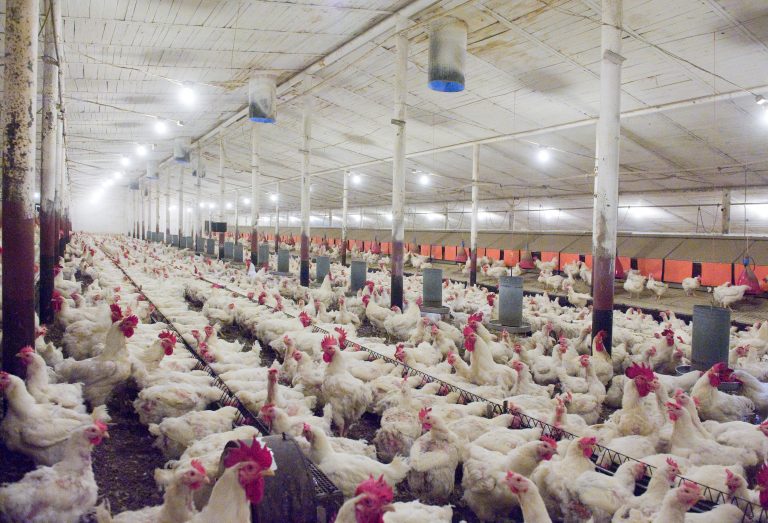5 Key Facts: Lifespan of Your Mushroom Grow Kit
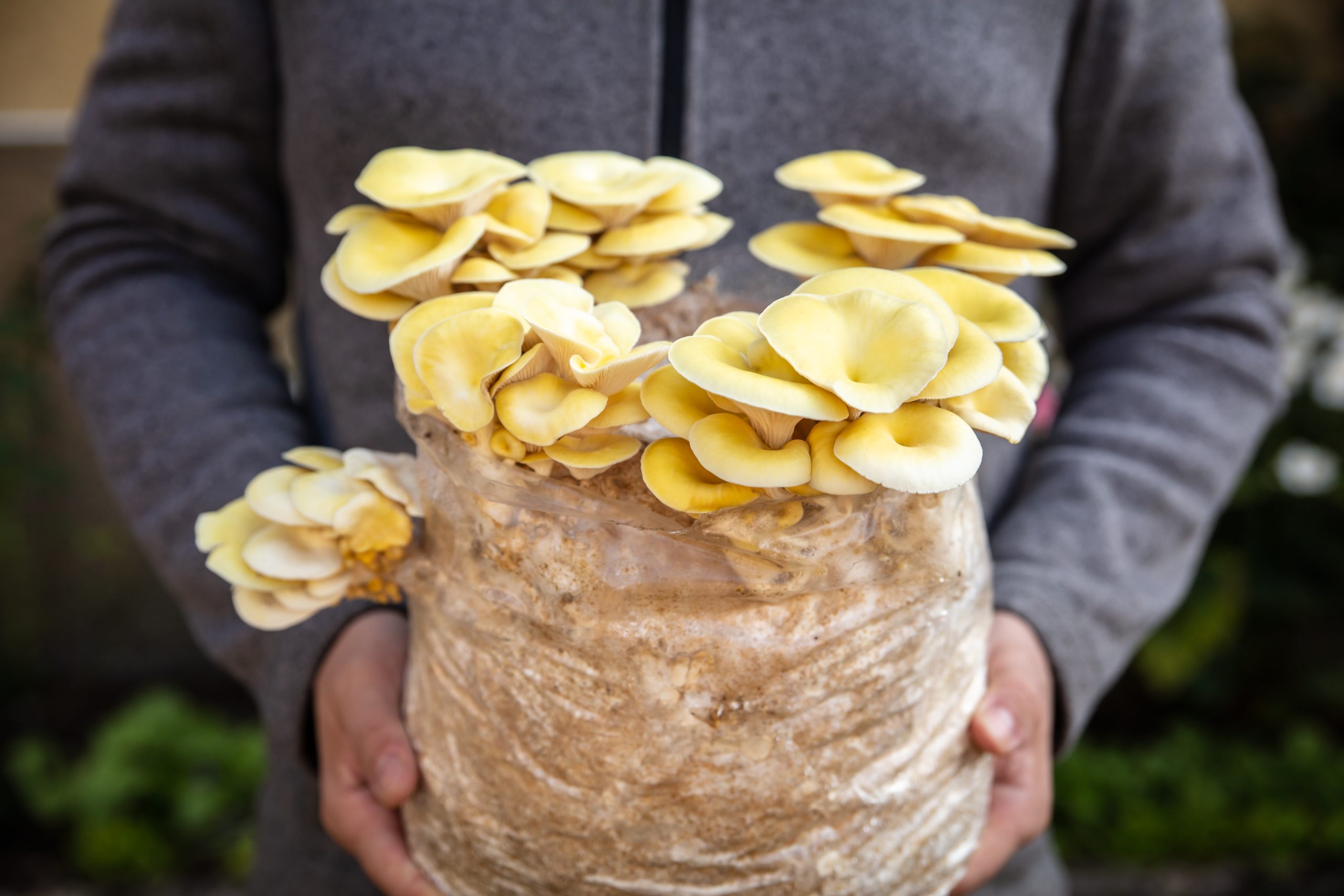
Urban gardening enthusiasts, have you dabbled in the mystical world of fungi with a home mushroom grow kit yet? If you’re nurturing these spore-bearing delights, it’s crucial to know how to maximize their potential and when to start fresh.
Mushroom grow kits have revolutionized urban gardening, bringing the forest floor right into your kitchen with minimal fuss. These kits come with a substrate inoculated with mushroom spores and are ready to grow with just a bit of care.
Whether you’re a seasoned green thumb or a curious newbie, these kits are a fantastic way to watch nature work its magic up close. The joy of harvesting your gourmet mushrooms is just the cherry on top. Remember, though, mushrooms have their quirks, and getting to know them is part of the fun (and the challenge)!
1. Average Kit Lifespan
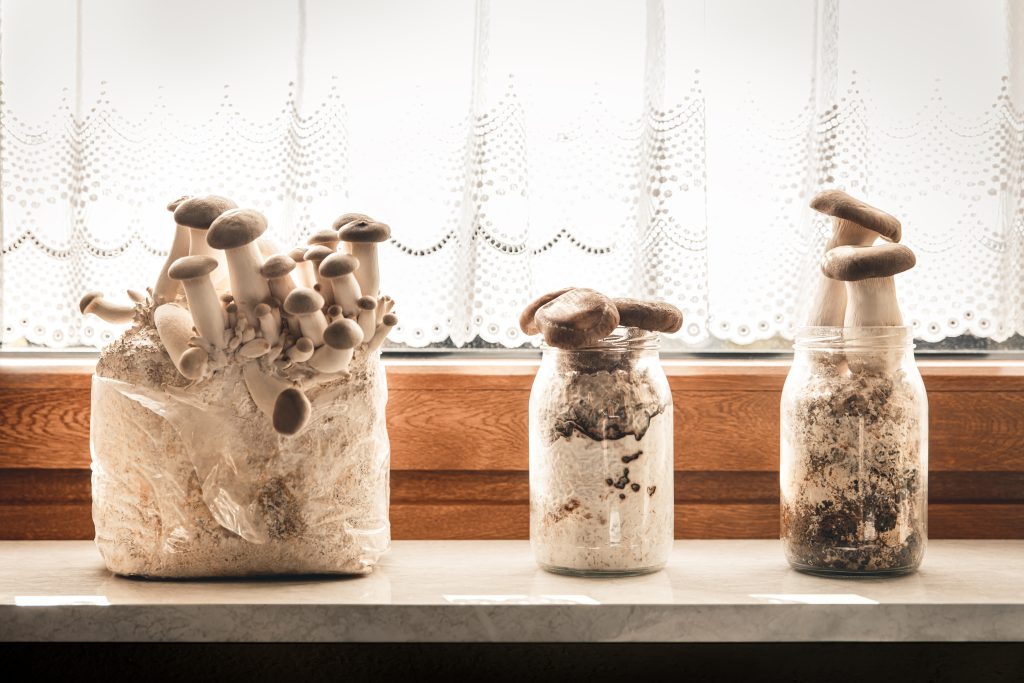
On average, a mushroom grow kit can last anywhere from one to several months, depending on the type of mushroom and the conditions you provide. Most kits will give you multiple flushes of mushrooms, with the first usually being the most abundant.
Hey hey! Don’t forget to subscribe to get our best content 🙂
After that, subsequent harvests might dwindle, but that’s no reason to throw in the towel! Keep in mind, just like veggies have growing seasons, your mushroom kit has its lifecycle rhythm.
2. Factors Affecting Lifespan
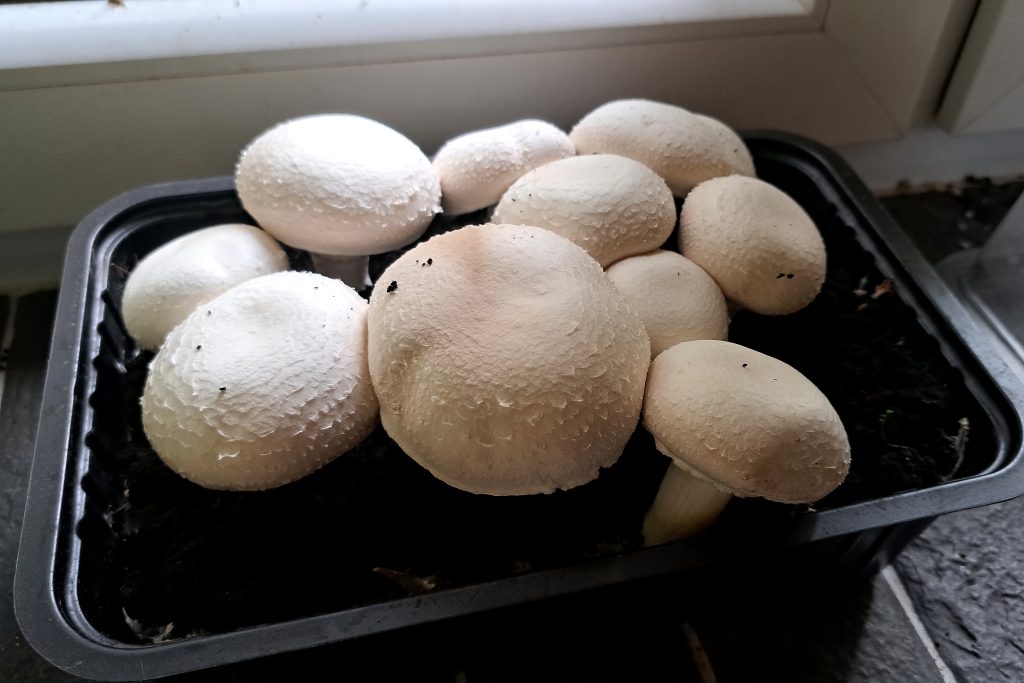
A bunch of factors can affect your mushroom kit’s lifespan, much like a moody houseplant. Temperature, humidity, and light are the biggies. Mushrooms like it cool and damp, so if your place is drier than a stand-up comedian’s wit, you might have to mist more often.
Contamination is another party pooper — keep things clean to avoid unwanted mold or bacteria that can crash your fungi fiesta.
3. Signs of Kit Expiry
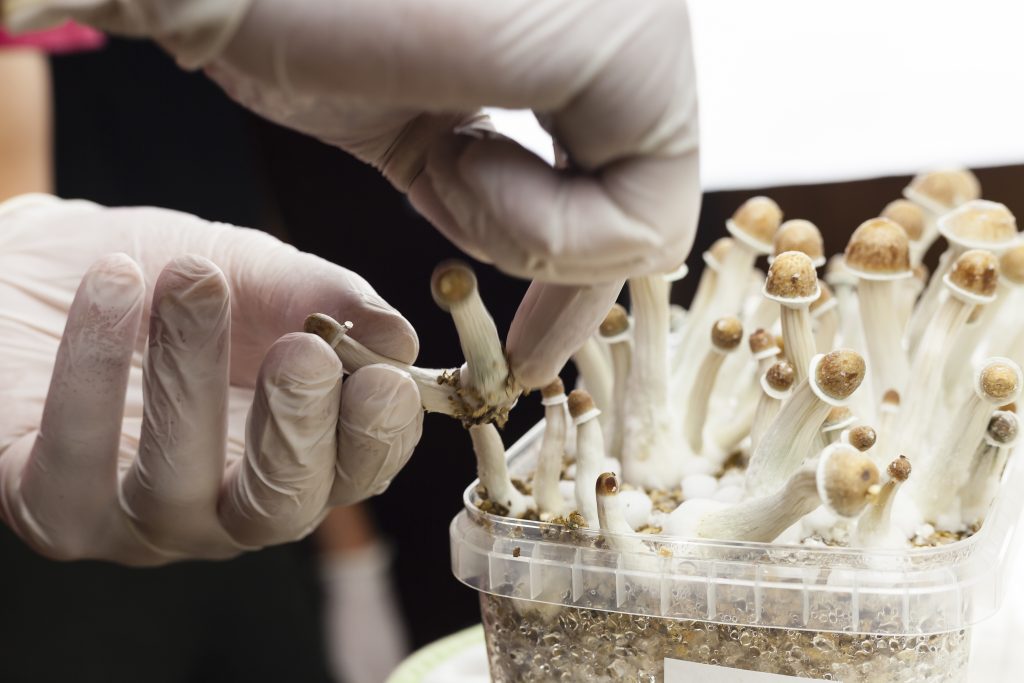
Knowing when your kit has kicked the bucket is key to avoiding disappointment. If you’re seeing fewer mushrooms popping up, or they look like they’ve been on a diet (read: skinny and frail), that’s a red flag.
Also, keep an eye out for off-colors or smells — mushrooms should smell earthy, not like something’s gone wrong. When the substrate looks exhausted (think: dry and lifeless), it’s probably time to say goodbye.
4. Extending Your Kit’s Life
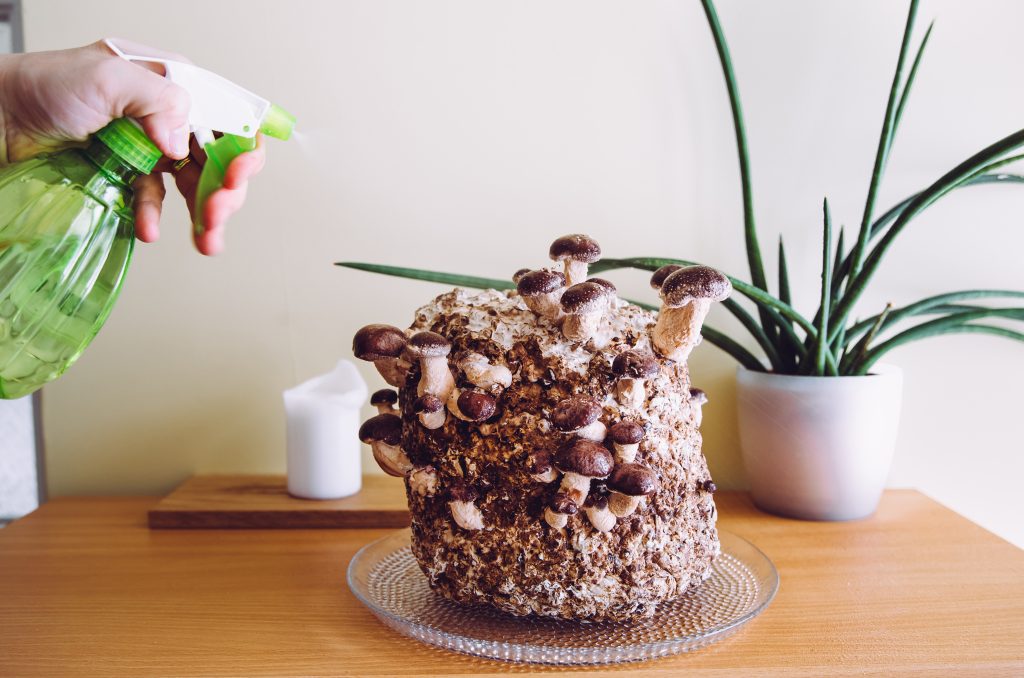
To get the most bang for your buck, you’ll want to pamper your mushroom kit like it’s a VIP guest. That means maintaining proper moisture with daily misting and keeping it out of direct sunlight. After each harvest, give the substrate a little break and then rehydrate it thoroughly to encourage another round of growth. Think of it as a spa day for your spores!
5. End-of-Life Uses for Kits
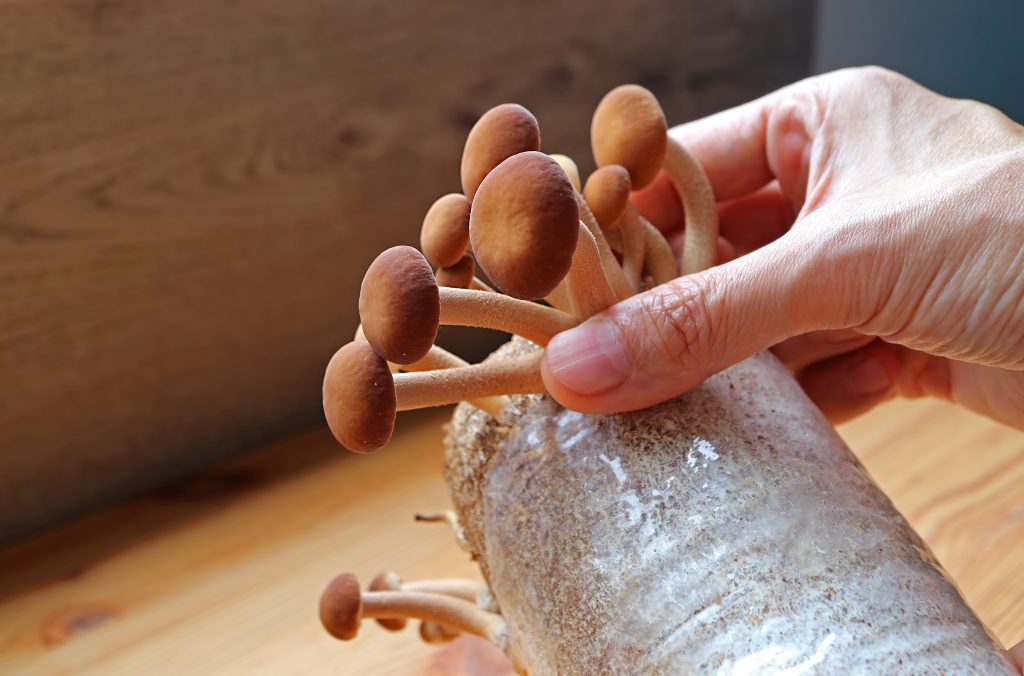
When your mushroom kit seems spent, don’t just toss it — it still has some tricks up its sleeve. The spent substrate can be a gold mine for your garden as a compost additive, enriching the soil with organic matter. Or, if you’re feeling experimental, try using it to inoculate an outdoor mushroom bed. Who knows, it might just spring back to life with a little outdoor magic.
Troubleshooting Common Issues
If your mushrooms are playing hard to get, don’t fret. Sometimes, adjusting the temperature or humidity can coax them out of their shells. If contamination is the issue, isolate the affected area and hope for the best. Remember, mushroom growing is as much an art as it is a science, so don’t be discouraged by a few hiccups along the way.
Maximizing Harvests from Your Kit
To get the most out of your mushroom kit, harvest the mushrooms when they’re young and their veils haven’t broken. This ensures the best flavor and texture. Don’t be shy to give your kit a good soaking between flushes — mushrooms are water lovers. And, make sure to pick all the mushrooms, even the tiny ones, to encourage more to grow.
- Guard During Harvesting: Many people make mistakes during the harvesting of dung-loving mushrooms, leading to fewer flushes, decreased yield, and weaker potency.
- Follow Specific Steps: Following specific steps during harvesting is crucial to maximize the quantity and strength of the grown mushrooms.
- Tips for All-in-One Grow Bags or Monotubs: The video addresses those with all-in-one grow bags or monotubs, guiding them on what to do next for optimal results.
- Workspace Disinfection: Stress the importance of choosing a workspace that is easy to disinfect, such as a kitchen, bathroom, or a clean surface.
- Spore Communication: Explains how mushroom spores and mycelium communicate, emphasizing the need to harvest just before spore release to avoid reducing future yields.
- Harvest Timing: The importance of harvesting mushrooms when a full canopy is developed, with caps fully formed and separated from the stem.
- Harvesting Technique: Demonstrates a gentle but firm pinching at the base of the stem and twisting it away from the substrate for proper harvesting.
- Multiple Rounds of Mushrooms: Provides insights on getting multiple rounds or flushes of mushrooms by waiting one to two weeks between harvests and taking steps to rehydrate the growing medium.
- Rehydration Process: For the third round of mushrooms, an additional step involves rehydrating the cake by spraying distilled water on the inside of the bag or bin.
- Potency Maximization: Emphasizes the importance of dehydrating harvested mushrooms quickly to maximize potency, and hints at the next video for detailed instructions on proper dehydration.
When to Start a New Mushroom Kit
Once you’ve squeezed every last morsel of mushroom goodness out of your kit and it’s exhausted, it’s time for a new adventure. Starting fresh with a new kit can be exciting — it’s a chance to try a different mushroom variety or refine your growing technique. Plus, there’s nothing like the anticipation of nurturing a new life.
Final Thoughts on Mushroom Kits
Mushroom grow kits are a fascinating addition to any urban garden, offering a unique growing experience and delicious rewards. While their lifespan may vary, understanding and caring for your kit can bring about bountiful harvests. Embrace the cycle of growth, harvest, and renewal, and you’ll be a mushroom maestro in no time. Keep exploring, stay patient, and savor the fruits (or fungi) of your labor!
So, there you have it, the lowdown on the lifespan of your mushroom grow kit. With these tips and a bit of tender loving care, you’re well on your way to becoming a fungi aficionado. Happy mushroom growing!

